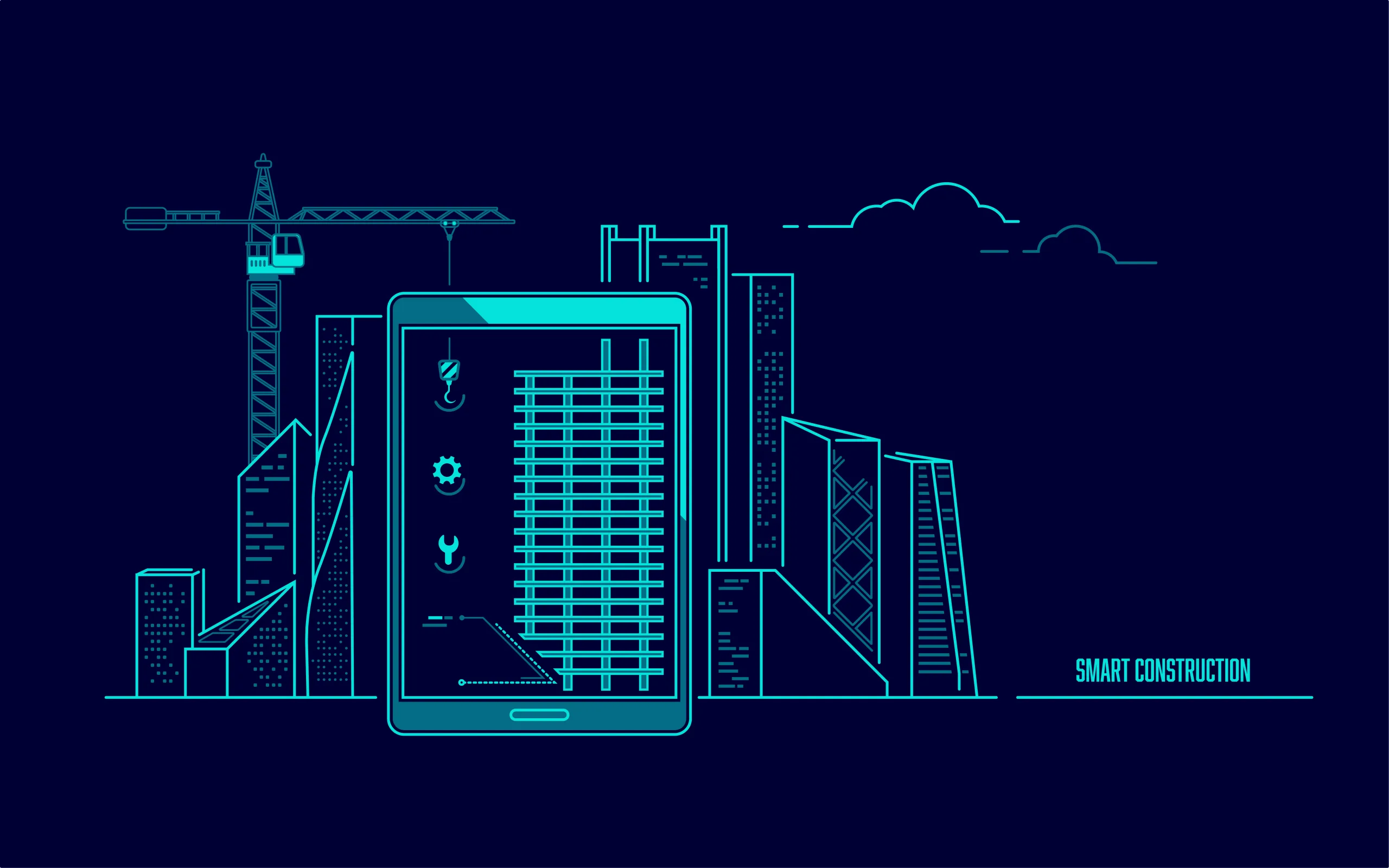
Best Practices and Tools for Testing Bridge Components in the Field
Bridge and culvert structures are becoming increasingly critical in the development of transportation infrastructure. These structures serve as lifelines, facilitating the movement of goods and people. However, ensuring their safety and longevity is paramount. In this article, we delve deeper into the best practices and tools for field testing bridge components, shedding light on the vital role they play in infrastructure development.
Best Practices for Testing Bridge Components
- Steel Structure Inspection: The Significance of Minute Details
Before a bridge is put into service, inspecting the steel structure is a fundamental step. It’s essential to pay attention to even the smallest details, such as welds and bolt tightening. Technicians meticulously examine each element, using ultrasonic diagnostic tools to pinpoint cracks and steel fracture phenomena. This not only ensures the integrity of the bridge but also prepares for potential issues that may arise over time.
- Surface Inspection: The Eyes of Artificial Intelligence
The surface of a bridge is not just a matter of aesthetics; it directly affects its durability. 3D laser scanners equipped with artificial intelligence (AI) have the capability to analyze the bridge’s surface in minute detail. They can detect deformations, environmental damage, or impacts, aiding in the efficient management of maintenance and repair.
- Structural Inspection: Crafting Safety
Inspecting the bridge’s structure is a crucial step to ensure it meets safety standards. Tools such as tilt differential meters and load monitoring devices not only track structural changes but also offer predictive insights into potential future issues. The safety of both the bridge and its users hinges on this structural assessment.
- Load Capacity Testing: Ensuring Operational Efficiency
The load capacity of a bridge is a critical factor in its real-world usability. Load capacity testing is a complex process but essential to ensure the bridge can bear loads per standards. Tools like load sensors and bridge deflection measurement devices help assess load capacity and ensure long-term operational efficiency.

Tools for Bridge Component Testing
- 3D Laser Scanners: Artificial Intelligence and Precision
3D laser scanners equipped with artificial intelligence (AI) not only create accurate bridge models but also provide detailed information on its condition. Construction and maintenance projects increasingly rely on AI to ensure efficiency and safety.
- Load Sensors: Monitoring Performance
Load sensors monitor real-time loads applied to the bridge. This data not only provides insights into current performance but also helps evaluate the bridge’s future load-bearing capacity.
- Load Monitoring Devices: Perfect Synergy
These devices complement load sensors by continuously recording load data. Accuracy and reliability are paramount in ensuring bridge safety.
- Ultrasonic Diagnostic Tools: Early Detection for Safety
Ultrasonic diagnostic tools use ultrasonic waves to inspect cracks and fractures in steel structures. This allows for early detection of potential hazards, safeguarding the bridge and its users.
- Surveillance Cameras: Vigilant Guardians
Surveillance cameras serve as the vigilant guardians of bridges. They record every event and the bridge’s condition 24/7. By monitoring and recording data, they aid in early incident prediction and detection.
- HStructural Health Monitoring Systems: Continuous Vigilance
These automated systems continuously monitor changes in the bridge’s condition and send alerts in case of incidents. This proactive approach is vital in preventing serious issues.

The Importance of Regular Testing
Regularly testing bridge components is fundamental for the sustainability and safety of the transportation infrastructure. Bridges and culverts serve as vital milestones in a nation’s development, playing a crucial role in connecting regions and facilitating the transportation of goods and people. However, over time and due to environmental factors, bridge components may undergo wear and tear, cracks, or damage that are not visible to the naked eye. Regular testing ensures that any issues can be detected and addressed promptly, preventing potentially hazardous situations and maintaining bridges’ optimal performance. Moreover, maintaining bridges in good condition leads to significant cost savings compared to constructing new ones or undertaking repairs after incidents occur. This underscores the undeniable importance of regular testing for the sustainable development of transportation infrastructure and the safety of communities.
Conclusion
Testing bridge components in the field is a crucial aspect of ensuring the safety and durability of these vital infrastructure elements. By employing the best practices and tools such as steel structure inspection, surface inspection, structural inspection, load capacity testing, surveillance cameras, and structural health monitoring systems, we can guarantee the safety and longevity of bridges.

